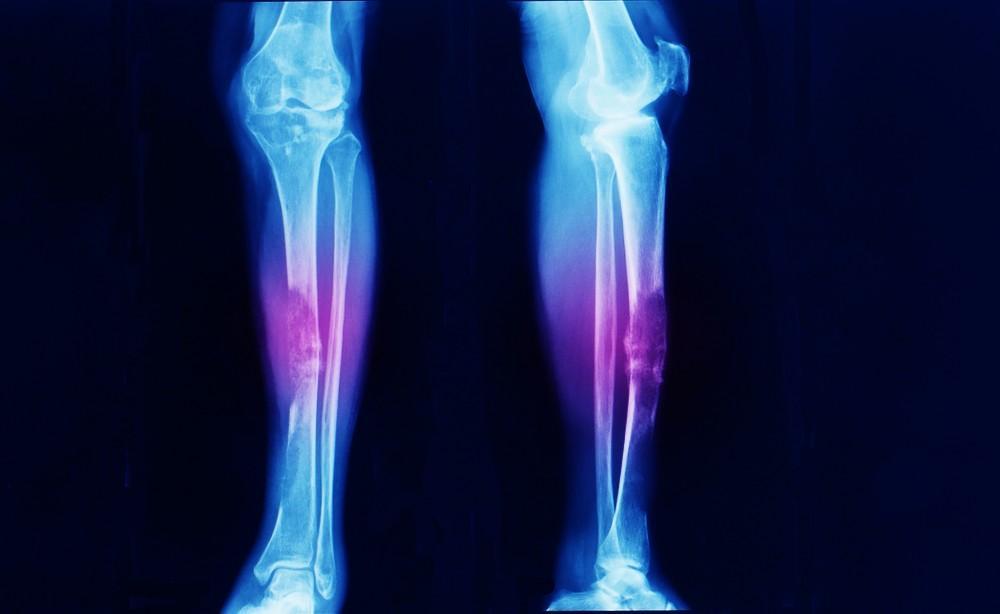Fibrous Dysplasia: A Comprehensive Guide to Understanding the Bone Disorder
Introduction
Fibrous dysplasia is a rare bone disorder characterized by abnormal growth of fibrous tissue within the bones. This condition can lead to deformities, fractures, and pain, significantly affecting the quality of life for those affected. Understanding fibrous dysplasia is essential for early diagnosis and effective management. This article will explore the historical background, anatomy and pathophysiology, causes, symptoms, diagnosis, treatment options, prognosis, and ongoing research related to fibrous dysplasia.
What is Fibrous Dysplasia?
Fibrous dysplasia is a benign skeletal disorder that occurs when normal bone is replaced with fibrous tissue, leading to structural weakness and deformity. It can affect one bone (monostotic) or multiple bones (polyostotic). The condition is not cancerous and does not increase the risk of developing cancer. However, its impact on bone integrity can lead to complications requiring medical intervention.
Historical Background
The history of fibrous dysplasia dates back to the early 20th century when it was first described in medical literature. Initially classified as a form of osteitis fibrosa, it was later recognized as a distinct entity due to its unique histological features. Over the decades, advancements in imaging techniques and genetic research have enhanced our understanding of this condition, leading to improved diagnostic criteria and treatment options.
Anatomy and Pathophysiology
Fibrous dysplasia primarily affects the long bones, skull, ribs, and pelvis. The affected bones exhibit an abnormal architecture characterized by a mixture of fibrous tissue and immature bone. This results in weakened bone structure that is prone to fractures and deformities. The pathophysiology involves a mutation in the GNAS gene, which leads to abnormal osteoblastic activity and impaired normal bone formation.
Causes
The exact cause of fibrous dysplasia remains unclear; however, several factors have been identified:
- Genetic Mutations: The condition is associated with mutations in the GNAS gene that affect bone development.
- Hormonal Factors: Some cases may involve endocrine abnormalities that influence bone growth.
- Environmental Factors: While not definitively linked, certain environmental factors may play a role in triggering the condition.
Symptoms and Clinical Presentation
Symptoms of fibrous dysplasia can vary widely among individuals but often include:
- Bone Pain: Chronic pain may occur due to pressure on nerves or surrounding tissues.
- Deformities: Abnormal bone growth can lead to visible deformities such as bowing of the limbs.
- Fractures: Increased susceptibility to fractures due to weakened bone structure.
- Limited Mobility: In severe cases, mobility may be restricted due to pain or deformities.
Some individuals may remain asymptomatic and only discover their condition incidentally during imaging for unrelated issues.
Diagnosis
Diagnosing fibrous dysplasia involves a combination of clinical evaluation and imaging studies:
- Medical History and Physical Examination: A thorough assessment helps identify symptoms and family history.
- Imaging Tests:
- X-rays: Typically show characteristic “ground glass” appearance of affected bones.
- MRI or CT Scans: Provide detailed images that help assess the extent of bone involvement.
- Bone Biopsy: In some cases, a biopsy may be performed to confirm the diagnosis by examining tissue samples under a microscope.
A comprehensive evaluation is crucial for distinguishing fibrous dysplasia from other conditions with similar presentations.
Treatment Options
Currently, there is no cure for fibrous dysplasia; however, various treatment options are available to manage symptoms and complications:
- Monitoring: For asymptomatic individuals or those with mild symptoms, regular monitoring may be sufficient.
- Medications:
- Pain management medications can alleviate discomfort associated with fractures or chronic pain.
- Hormonal treatments may be considered if endocrine abnormalities are present.
- Physical Therapy: Tailored exercise programs can help improve strength and mobility while minimizing the risk of fractures.
- Surgery: Surgical intervention may be necessary for:
- Correcting significant deformities.
- Stabilizing fractured bones or preventing future fractures.
- Removing areas of diseased bone if they cause severe complications.
The choice of treatment depends on individual circumstances such as age, severity of symptoms, and overall health.
Prognosis and Recovery
The prognosis for individuals with fibrous dysplasia varies widely based on several factors:
- Extent of Bone Involvement: Monostotic forms generally have a better prognosis than polyostotic forms.
- Age at Diagnosis: Early diagnosis often leads to better management outcomes.
- Response to Treatment: Individuals who respond well to conservative management typically experience fewer complications.
While fibrous dysplasia is not life-threatening, it can lead to chronic pain and functional limitations that require ongoing care.
Living with Fibrous Dysplasia
Living with fibrous dysplasia presents unique challenges. Individuals are encouraged to adopt strategies that promote overall health:
- Regular Medical Check-ups: Routine visits with healthcare providers help monitor bone health and manage symptoms effectively.
- Exercise Programs: Engaging in safe physical activities tailored by a physical therapist can enhance strength and mobility.
- Nutritional Support: Adequate intake of calcium and vitamin D supports bone health; supplements may be recommended based on individual needs.
- Support Networks: Connecting with support groups can provide emotional support and practical advice from others facing similar challenges.
Education about the condition empowers individuals to make informed decisions regarding their health management.
Research and Future Directions
Research into fibrous dysplasia is ongoing, focusing on several key areas:
- Genetic Studies: Investigating the underlying genetic mechanisms may lead to targeted therapies in the future.
- New Treatment Modalities: Clinical trials are exploring innovative approaches for managing symptoms more effectively.
- Long-term Outcomes: Studies examining long-term outcomes will provide insights into optimal management strategies for affected individuals.
Advancements in research hold promise for improving care for those living with fibrous dysplasia.
Conclusion
Fibrous dysplasia is a complex bone disorder that requires comprehensive understanding for effective management. While challenges exist in terms of diagnosis and treatment options, ongoing research offers hope for improved outcomes. By fostering awareness and support within communities, we can enhance the quality of life for individuals affected by this condition.
Disclaimer: This article is intended for informational purposes only and should not be considered medical advice. Always consult a healthcare professional for diagnosis and treatment options tailored to your individual needs.

